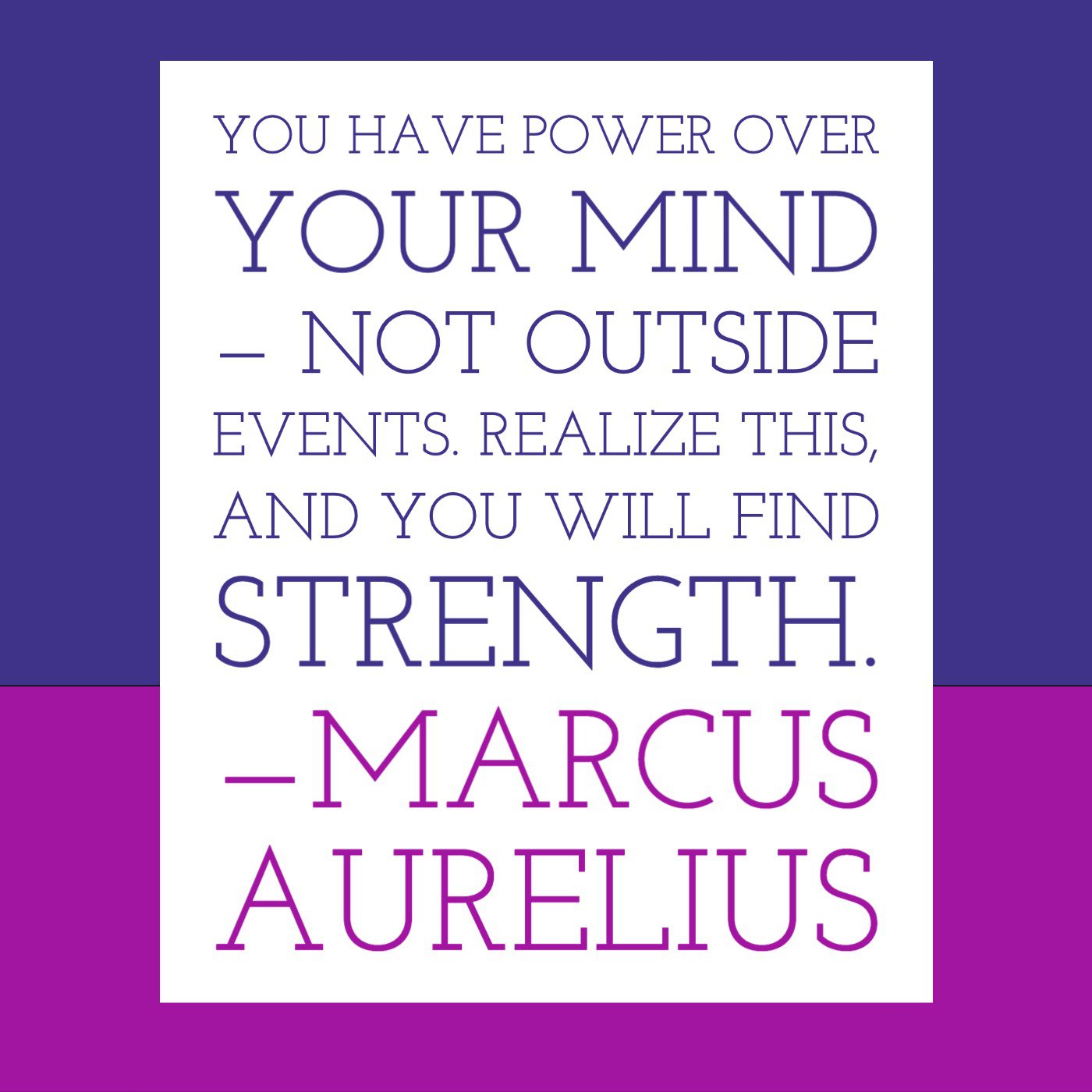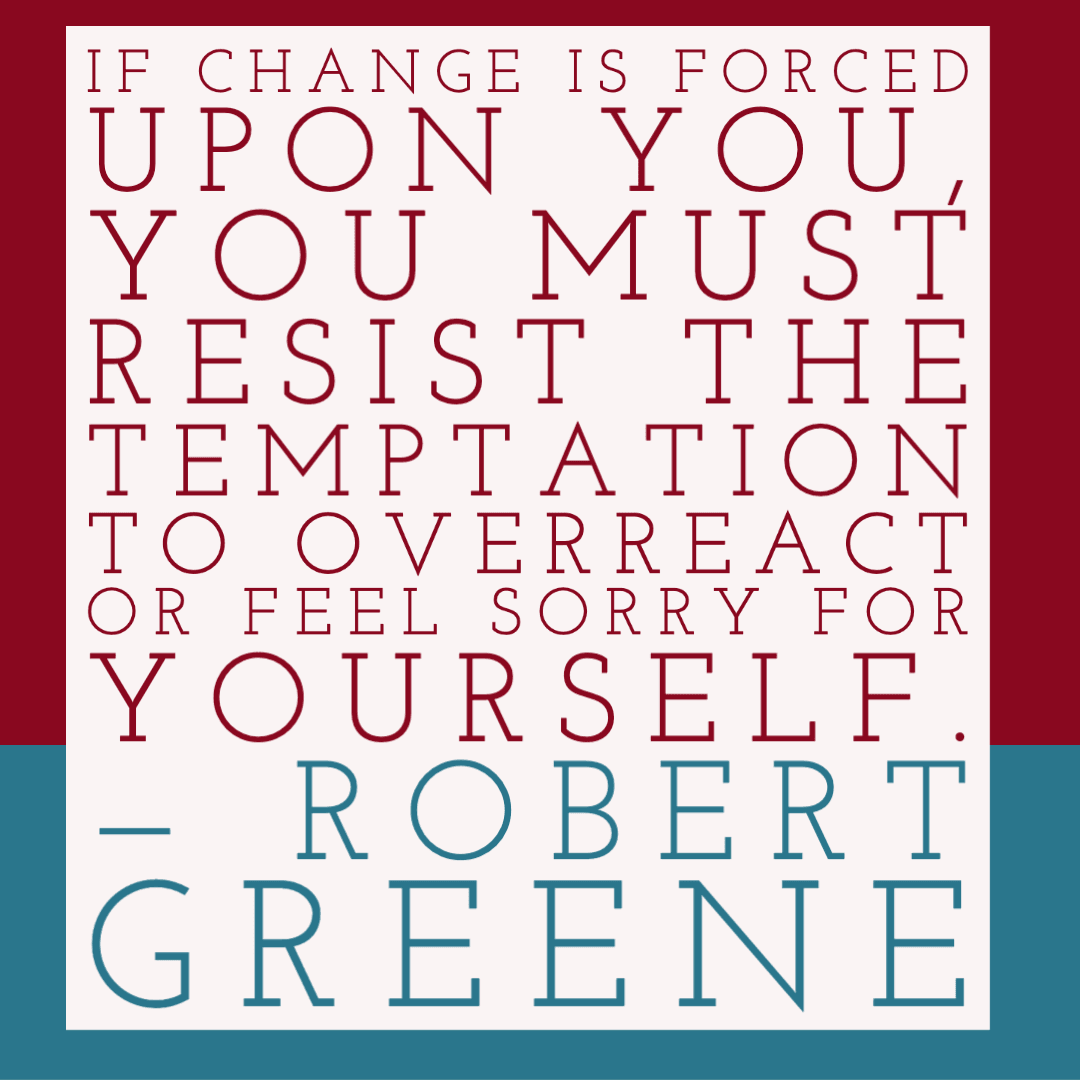Tag: Naval Ravikant
-

231 – A Model of Thinking
You have power over your mind — not outside events. Realize this, and you will find strength. —Marcus Aurelius. The stoics teach us that we have control over a few things – our thoughts, our choices, and our actions. In short, our will. So is there a way that we can get better with our…
-

204 – Blame and Responsibility
“If change is forced upon you, you must resist the temptation to overreact or feel sorry for yourself.” — Robert Greene How often do you feel that life is unfair? That something happened that you think should not have happened to you? Maybe someone hurt you and you want them to fix it? In this…